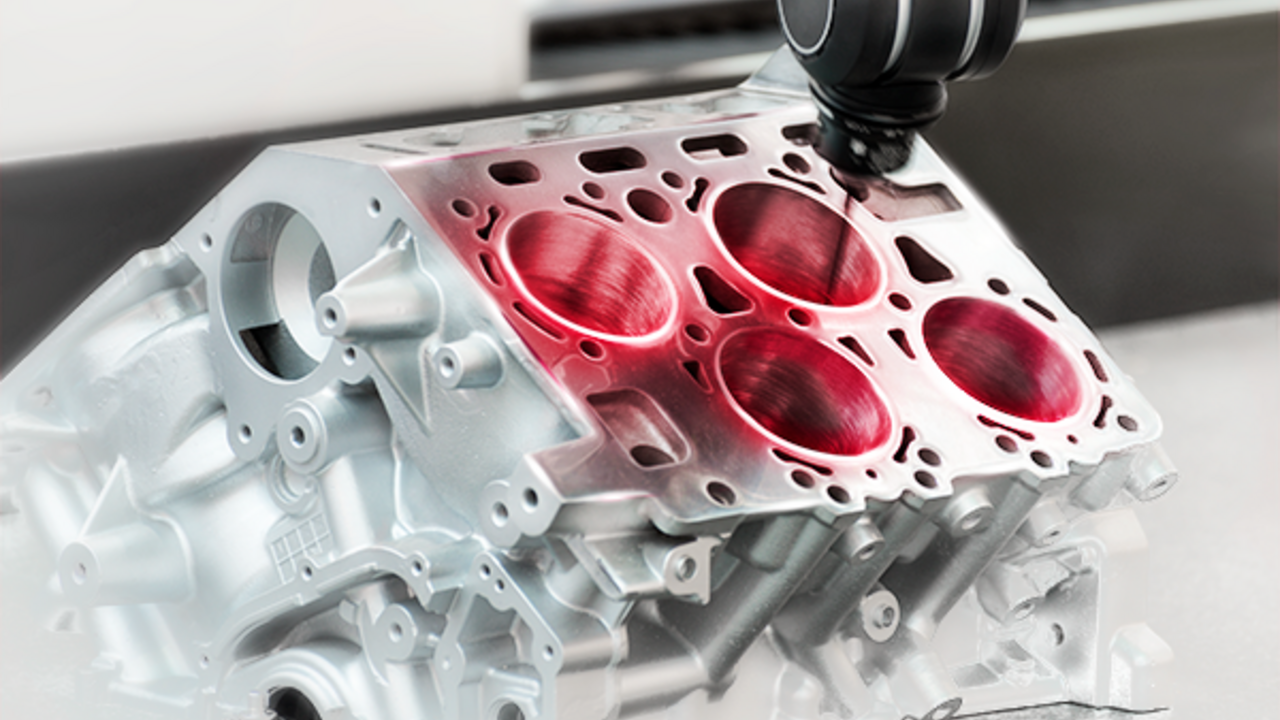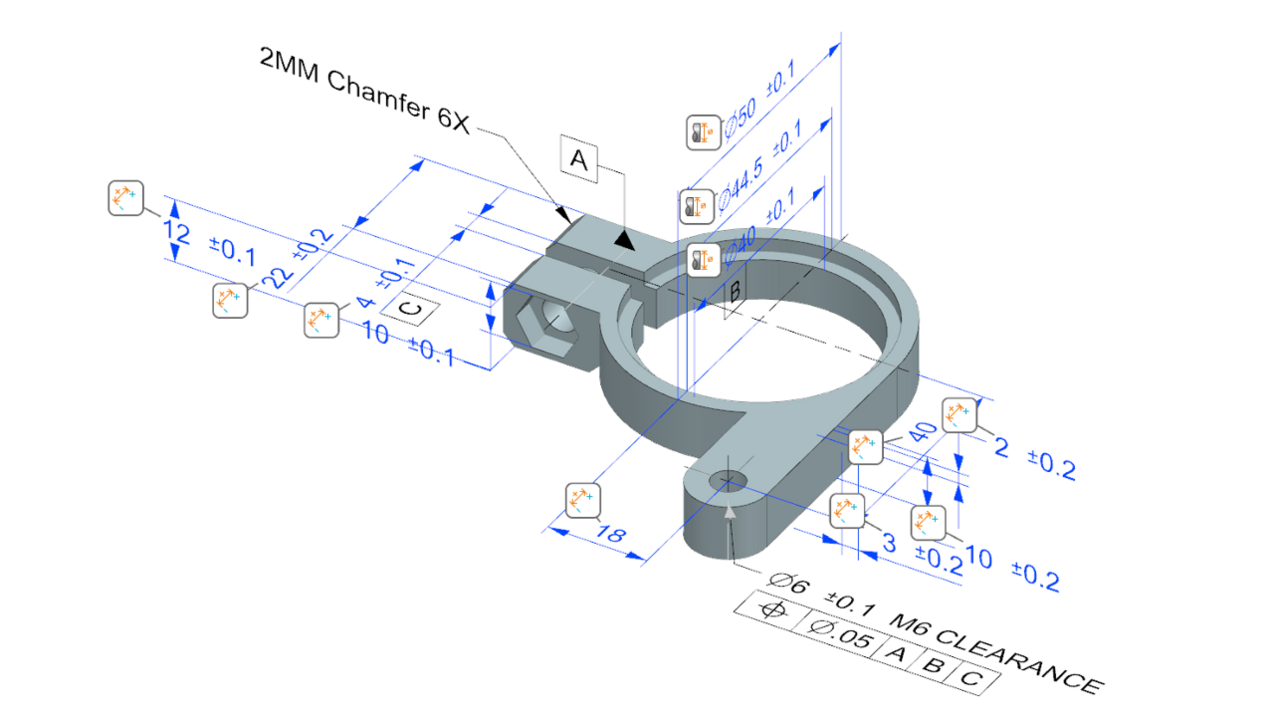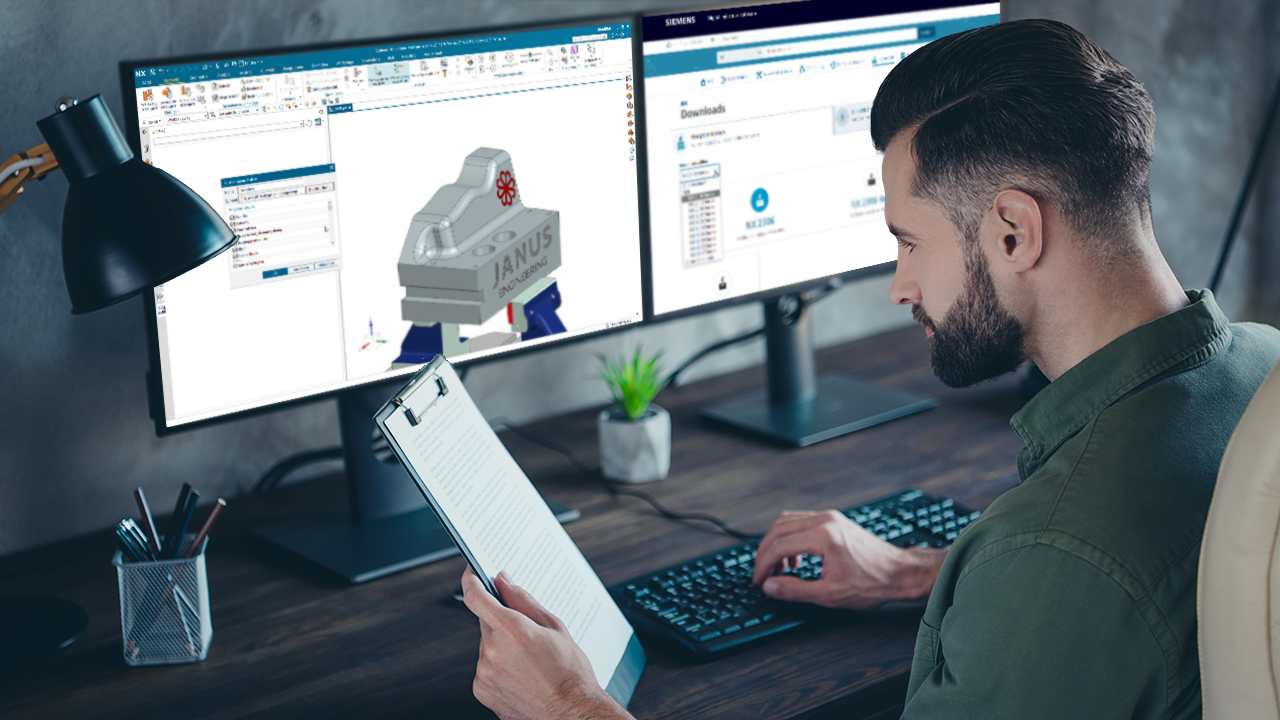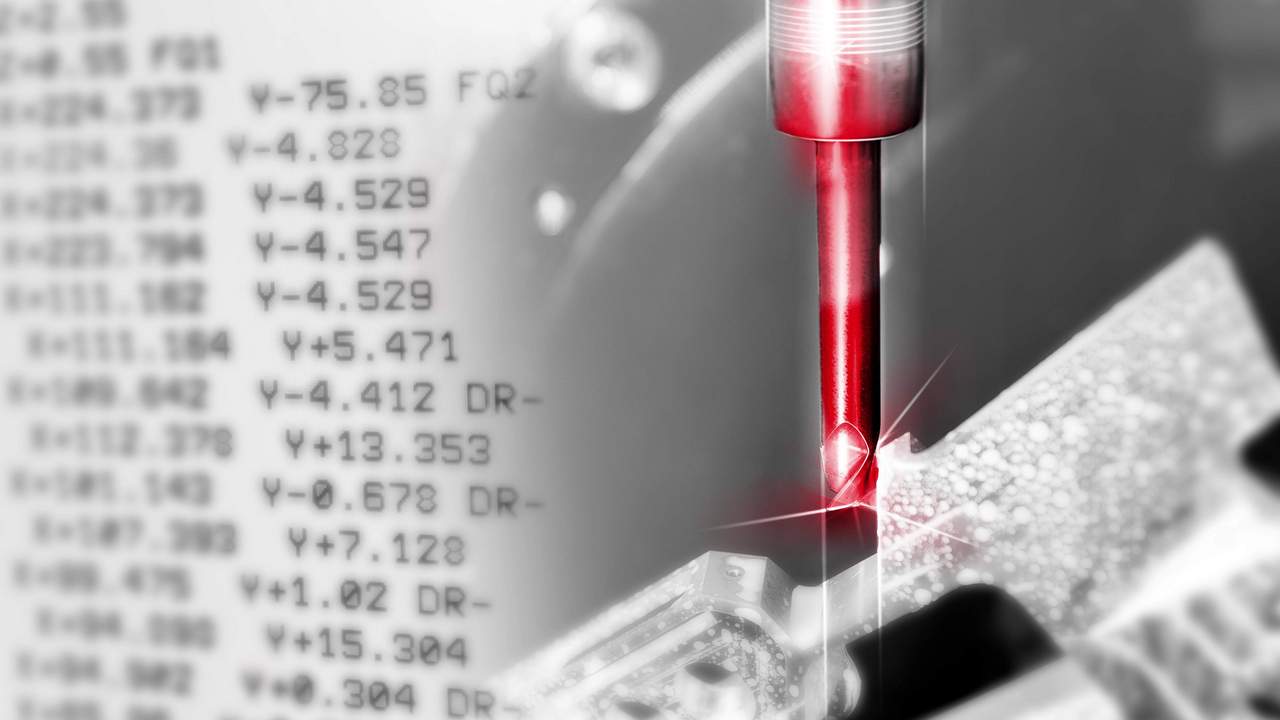Cost is a key issue in the manufacturing industry that determines the success or failure of companies. Companies face the challenge of reducing their production costs in order to remain competitive and increase their profit margins. But what factors impact manufacturing costs? In this article, we take a look at the biggest cost drivers in manufacturing. And we'll give you tips on how to identify these cost drivers and take effective action to reduce costs.
The biggest cost drivers in manufacturing
How to uncover potential savings in production

Lack of know-how of the employees
The know-how of the employees is decisive for efficient and cost-minimized production. But over time, the experience of long-serving employees is lost and cannot be replaced quickly due to the shortage of skilled workers. Training has also changed: many production employees today start their careers with less practical experience. Lack of know-how results in production errors, lower productivity, inadequate use of technology and safety risks that drive up manufacturing costs significantly.
Invest in employee training and development early on. Document knowledge and standardize processes. Software like NX CAM, which works and learns intelligently, helps you to do this.
Use of outdated or incorrect technology
An old machine, outdated tools or the wrong software: all this can lead to higher costs and efficiency losses. Especially in smaller companies, upgrading to modern technologies is often postponed to the future. Then it is accepted that the outdated technology will work slower, lead to more frequent maintenance problems, cause higher operating costs and reduce the quality of the product.
Companies that do not invest in modern technology will have difficulty keeping up with the competition in the medium term. Modern technologies primarily enable flexibility, allowing manufacturing to adapt more quickly to new product requirements or changes in manufacturing processes.
Weigh up carefully whether you want to hold on to outdated technologies. Seek advice from a service company. JANUS Engineering AG, for example, offers comprehensive process analysis and consulting from experienced experts who can help you weigh up the costs/benefits.
Machine breakdowns, malfunctions, maintenance
Collisions, malfunctions and machine downtimes lead to production losses, delays, delivery problems, rejects and higher repair and maintenance costs. Common causes are lack of experience of employees, programming errors or neglecting the specified maintenance intervals.
Regular maintenance, training for employees to ensure that they can operate the machines properly, and the implementation of safety measures can help to prevent or reduce these problems. The right CAM software (→ 12 good reasons for NX CAM) also shows you collisions on the machines through machine simulations even before actual production.
The overall process is neglected
Manufacturing consists of many departments and a large number of processes and work steps. It often happens that optimization is sought, for example, through the use of intelligent technology in individual departments, but the view of the overall process is neglected. This then leads to inefficient workflows, higher reject rates, lower cost control and missed optimization potential. After all, the greatest potential for optimization lies in making processes as automated as possible.
Remember that process optimization is a continuous process (→ How to continuously optimize your manufacturing) that should include the entire manufacturing process from idea to real product. Use CAD and CAM software such as NX CAM that can also cover this requirement for process consistency.
Too many manually executed processes and missing standards
Manufacturing processes should be standardized as far as possible in order to produce as efficiently as possible. If too many processes are carried out manually, this leads to higher labor costs, unreliable quality, longer setup and throughput times, and a lack of flexibility. A common misconception is that automating manufacturing processes is only worthwhile in large companies. But: even in small companies, significant cost savings can be achieved by establishing standards.
Analyze your processes with regard to possible automation potentials or have such a process analysis carried out by an experienced company. Often, even "small" optimizations, e.g. the right CAM setup or the optimization of parameters on the machine, can lead to significant savings.
Too many errors and too much rework
Be it due to programming errors, tool breakages or collisions: Errors on products are part of everyday life in manufacturing. Nevertheless, too many errors and the resulting rework drive up the costs of production considerably and should definitely be minimized.
Crucial to avoiding errors is the right CAD or CAM software, which, thanks to machine simulations and collision detection, indicates sources of error as early as the design or programming stage. Customized postprocessors also identify potential sources of error (e.g. collisions, incorrect tool selection or faulty programming) and make a significant contribution to error detection and prevention (→ Postprocessors: More than just converting toolpaths into coordinates).
No balance between human and technology
Knowledge of the manufacturing process comes from the knowledge and experience of the people who built and set up those processes. Neglecting the importance of people in the manufacturing process can result in efficiency losses, quality problems, and a lack of innovation and problem solving, which can ultimately lead to increased costs and a competitive disadvantage. Optimized manufacturing strikes the right balance between the use of intelligent technology and the human factor.
Work with a service partner (→ The right NX CAM partner on your side) such as JANUS Engineering AG, which takes into account the importance of people when automating manufacturing (→ Intelligent Manufacturing with iM by JANUS).
Detached quality control
Many companies measure the quality of the manufactured workpieces only at the end of the manufacturing process. If the quality then does not match the requirements, either reworking is necessary or the part must be thrown away. In both cases, manufacturing costs increase. Instead, it makes sense to integrate the measurement of essential operations into the manufacturing process. In this way, it is possible to react immediately and correct inaccuracies directly. This offers considerable potential for cost savings. In the ideal case, the quality process is based on the same CAD data as the machining process in order to significantly reduce the cost of quality control (→ Intelligent measurement technology).
Uncover savings potential and strengthen position on the market
By identifying the biggest cost drivers in manufacturing and taking effective action, companies can strengthen their position in the market and ensure long-term success. It is up to companies to take on the challenges and actively look for ways to reduce costs. Start with a comprehensive analysis of your production processes to identify inefficient areas and find potential savings. By investing in modern technology and automation, you can increase productivity while reducing labor costs. By taking a proactive approach to cost reduction, you can ensure long-term success in the manufacturing industry. An experienced service provider can help you address the challenges, uncover potential savings, and plan and implement initial steps.
Would you like to uncover potential savings in your production and cut costs?
We support you!
Subscribe to our blog
Tips and news around digital manufacturing.













